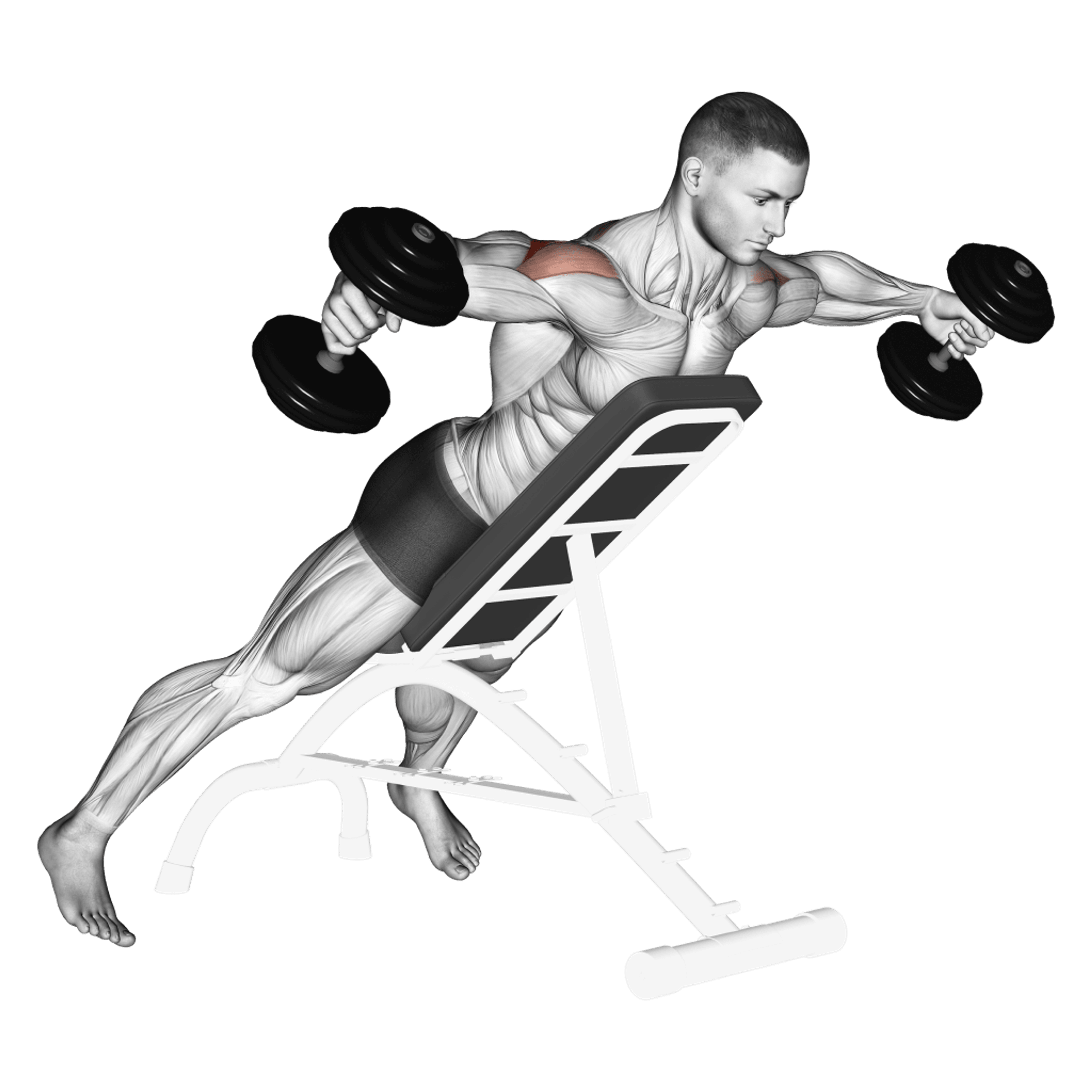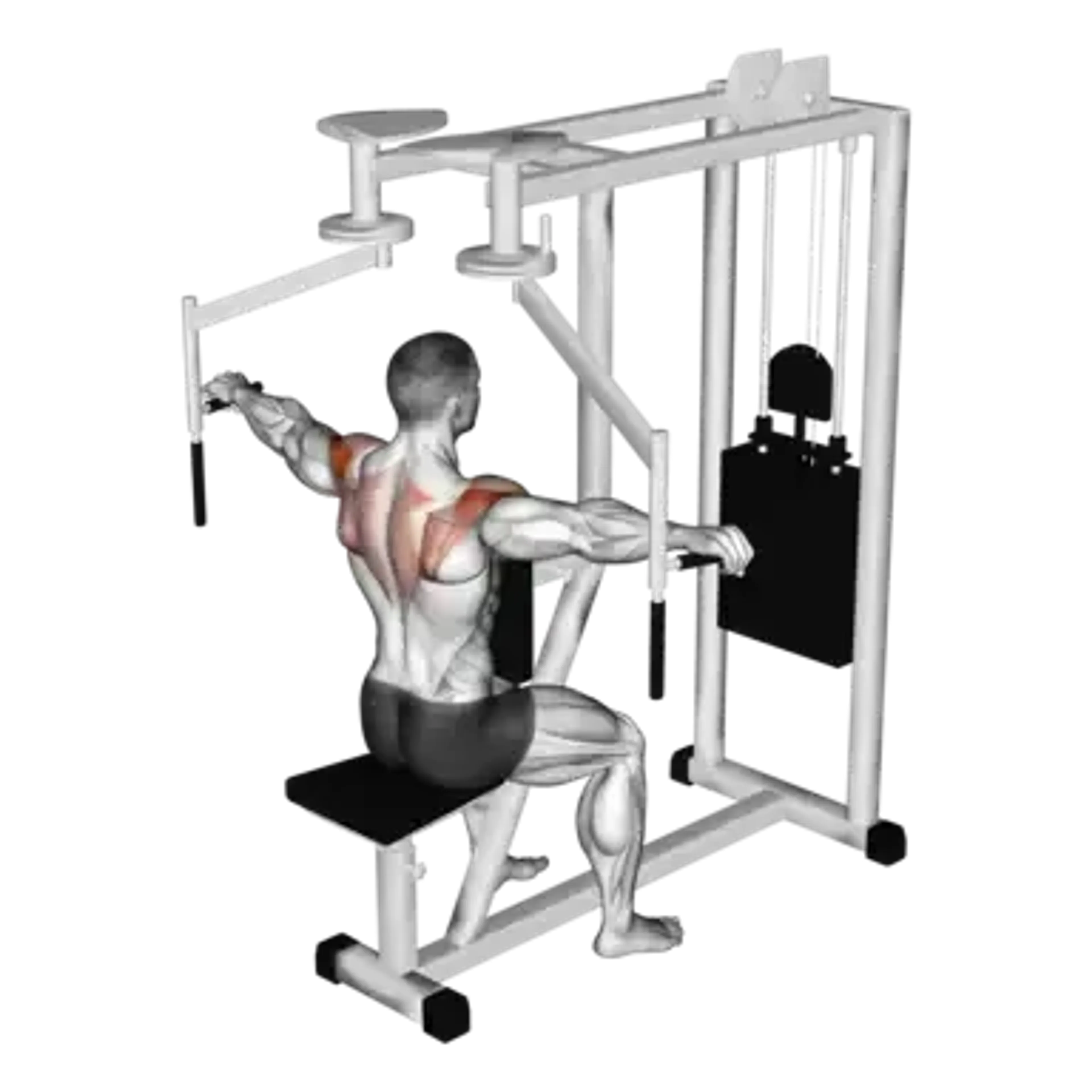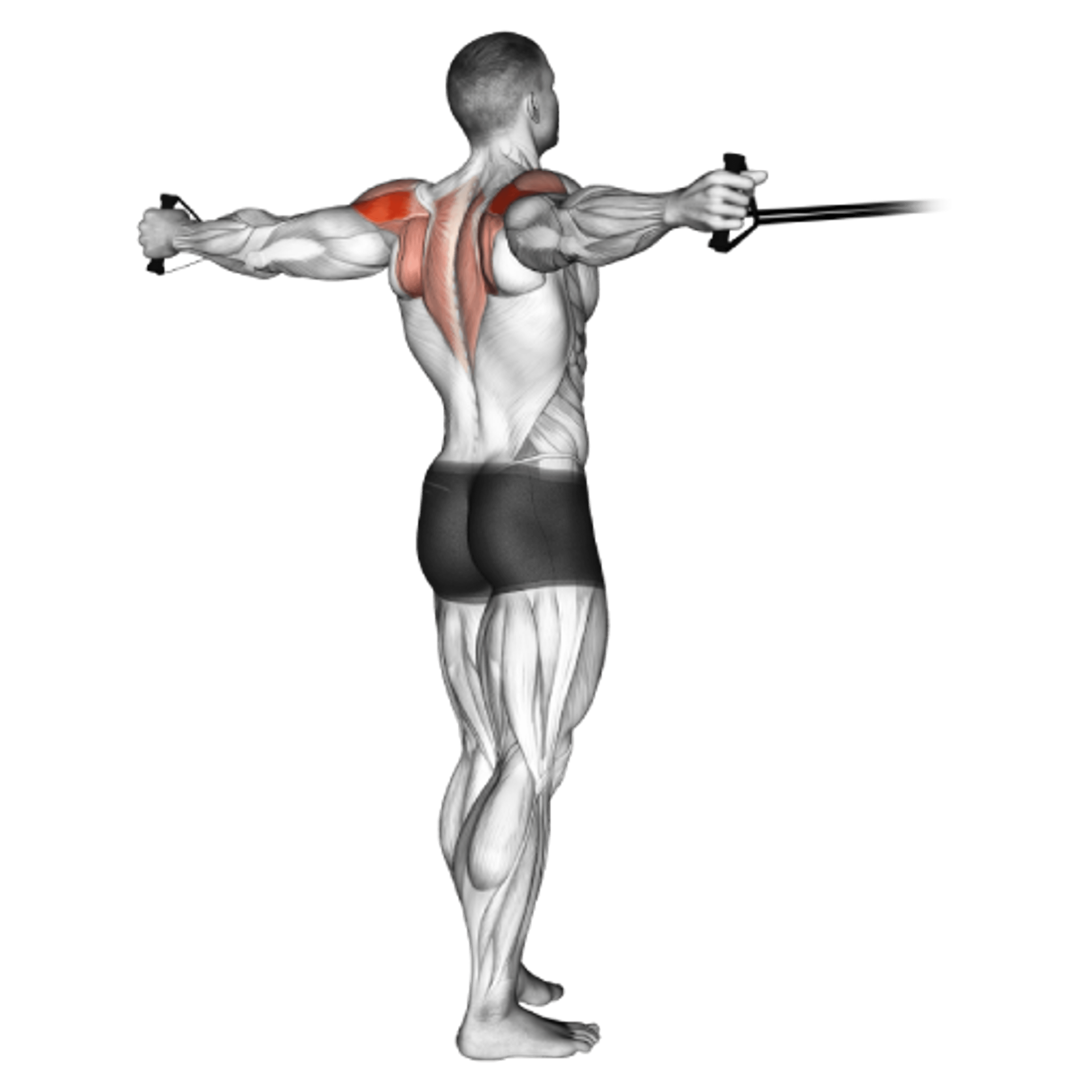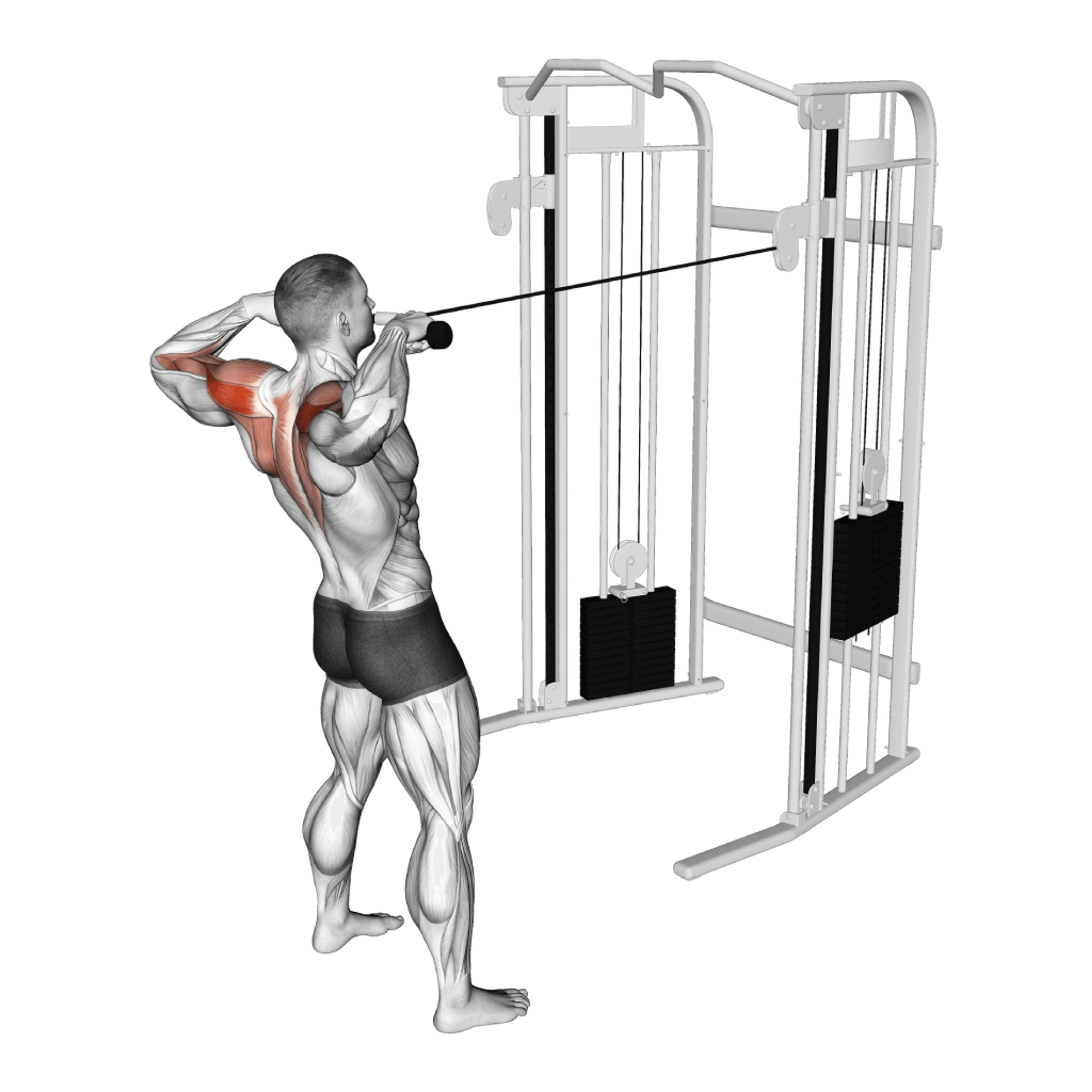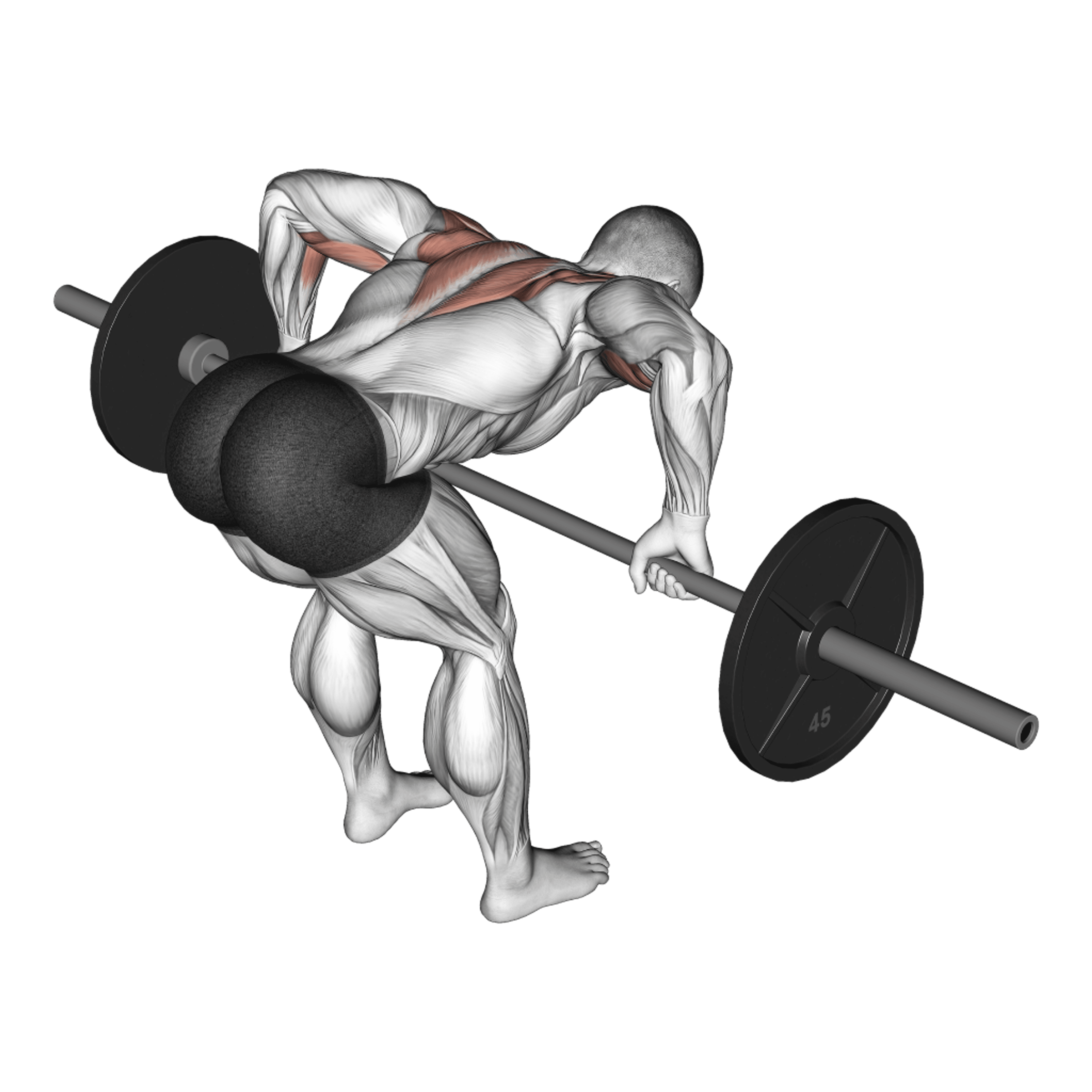Cable Crossover Reverse Fly

Overview
- Primary Focus:
- Shoulders.
- Equipment:
- Cable.
- Difficulty:
- Intermediate.
General Information
Cable Crossover Reverse Fly is an isolation exercise that primarily targets shoulders and also engages back. It is an intermediate-level movement using crossed cables to keep tension high at the start and finish, emphasizing rear delts, scapular control, and even loading through the arc.
The crossover setup increases stretch and improves the line of pull, making it useful when free-weight reverse flies lose tension in end ranges. It suits hypertrophy blocks, warm-ups to prime posture, and accessory work after rows or vertical pulls without heavy systemic fatigue risk.
Use moderate loads, smooth tempo, and stable torso mechanics. If traps dominate, lower the pin, slightly hinge, and think about moving the shoulder blade, not just the hand, to keep the target sensation in the rear delts and mid-back muscles that support posture and shoulder health.
Muscles Worked
- Deltoid
- Primary
- Infraspinatus
- High
- Teres Minor
- High
- Lower Trapezius
- Medium
- Rhomboid Major
- Medium
- Erector Spinae
- Low
Instructions
- Set both pulleys slightly below shoulder height and attach single handles. Stand centered and grasp opposite handles so the cables cross in front of you at chest level with light tension on the stack.
- Adopt a small hip hinge and brace. Keep a soft elbow bend and long neck; avoid elevating the shoulders toward the ears at any point in the set.
- Spread the handles outward and slightly back until your hands reach shoulder line. Pause briefly with the rear delts tight and the torso still, without arching the lower back forward.
- Return on the same path with control, allowing the shoulder blades to wrap naturally. Do not let the handles slam together or cross excessively at the front; keep tension on the stack throughout.
- Maintain even arcs between arms, consistent elbow angles, and a steady head position. Reduce load if neck tension or momentum appears before target muscle fatigue.
Common Mistakes
Injuries
Cable Crossover Reverse Fly is a low risk exercise when performed with proper technique.
Neck and upper-trap strain occur when load is too heavy or the shoulder blades elevate. Keep a small hinge, depress the shoulders, and use smooth tempo to center tension in the rear delts and mid-back stabilizers instead of the neck.
If pinching arises at the front of the shoulder, reduce range and slightly raise the pulleys. Regress with lighter loads or higher reps and pause work; stop if symptoms sharpen or radiate down the arm or into the neck during sets.
Alternative Exercises
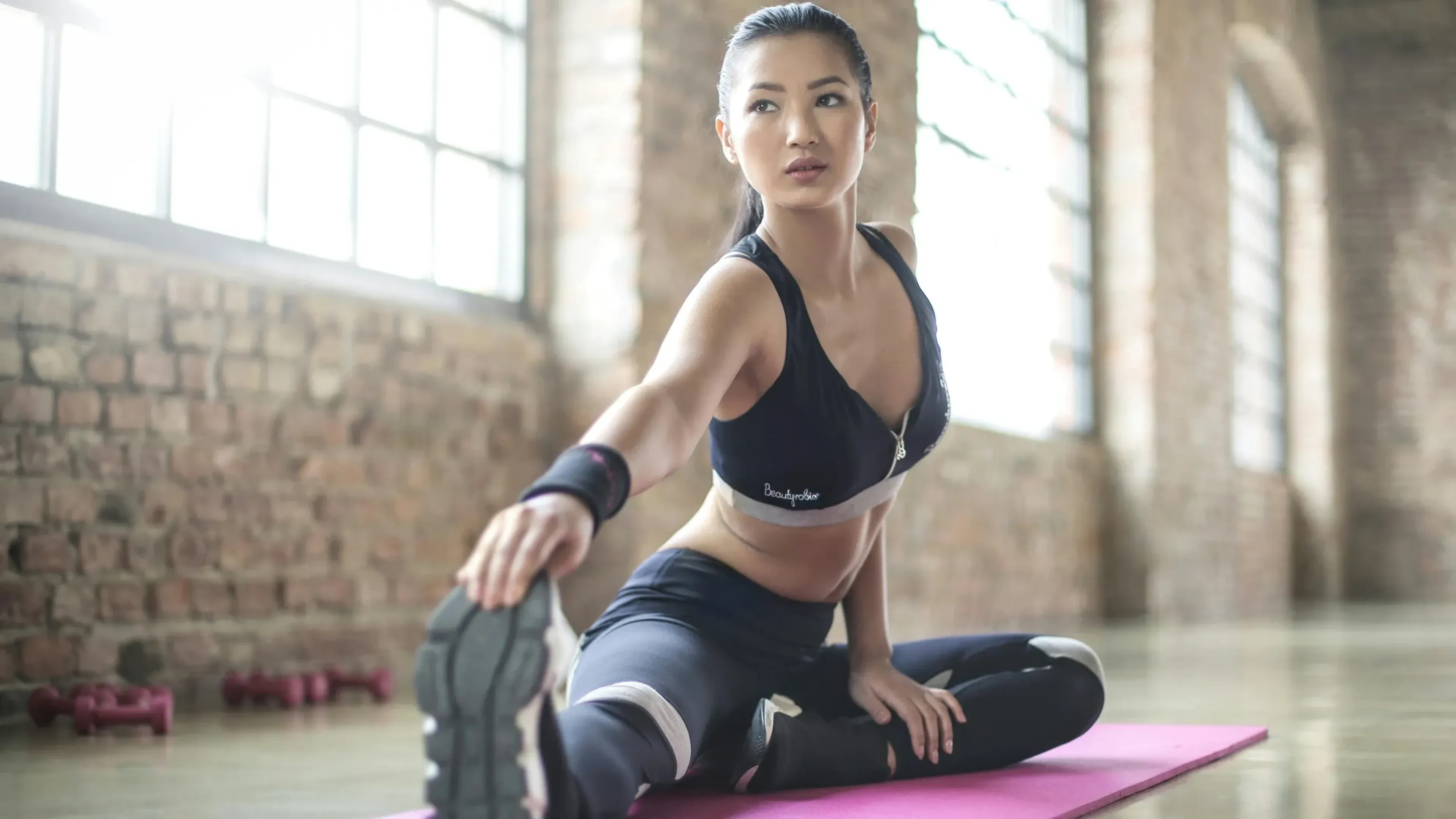
Frequently Asked Questions
- Q: Why use a crossover instead of straight cables?
Crossing increases start-range tension and improves the line of pull for many lifters. It can make the rear delts easier to feel at lighter loads with less trap involvement versus straight-out cable setups.
- Q: Where should hands finish?
End near shoulder line or slightly behind without arching the low back. A small pause there helps keep tension in the rear delts before a controlled return to the cross position.
- Q: Good tempo for control?
Use a smooth 1-0-2 or 1-1-2 cadence with a brief peak pause. The goal is steady tension; if the stack bounces, slow down and lighten the load slightly.
- Q: Seated vs standing setup?
Standing offers more freedom and carryover to athletic positions. If balance or neck tension is limiting, a seated cable setup can remove momentum and improve consistency set to set.
Overview
- Primary Focus:
- Shoulders.
- Equipment:
- Cable.
- Difficulty:
- Intermediate.
